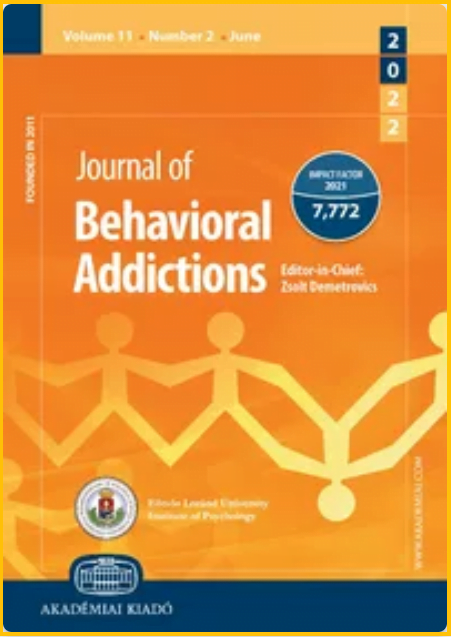Journal of Behavioral Addictions
Comments: Across 42 countries, using the International Sex Survey, almost 5% of participants were at high risk of compulsive sexual behavior disorder (CSBD). Rates varied between 1.6% to 16.7% across countries, genders, and sexual orientations. “Men had the highest scores on the CSBD-19, followed by gender-diverse individuals, and women.”
Abstract
Background and aims
Despite its inclusion in the 11th revision of the International Classification of Diseases, there is a virtual paucity of high-quality scientific evidence about compulsive sexual behavior disorder (CSBD), especially in underrepresented and underserved populations. Therefore, we comprehensively examined CSBD across 42 countries, genders, and sexual orientations, and validated the original (CSBD-19) and short (CSBD-7) versions of the Compulsive Sexual Behavior Disorder Scale to provide standardized, state-of-the-art screening tools for research and clinical practice.
Method
Using data from the International Sex Survey (N = 82,243; Mage = 32.39 years, SD = 12.52), we evaluated the psychometric properties of the CSBD-19 and CSBD-7 and compared CSBD across 42 countries, three genders, eight sexual orientations, and individuals with low vs. high risk of experiencing CSBD.
Results
A total of 4.8% of the participants were at high risk of experiencing CSBD. Country- and gender-based differences were observed, while no sexual-orientation-based differences were present in CSBD levels. Only 14% of individuals with CSBD have ever sought treatment for this disorder, with an additional 33% not having sought treatment because of various reasons. Both versions of the scale demonstrated excellent validity and reliability.
Discussion and conclusions
This study contributes to a better understanding of CSBD in underrepresented and underserved populations and facilitates its identification in diverse populations by providing freely accessible ICD-11-based screening tools in 26 languages. The findings may also serve as a crucial building block to stimulate research into evidence-based, culturally sensitive prevention and intervention strategies for CSBD that are currently missing from the literature.
